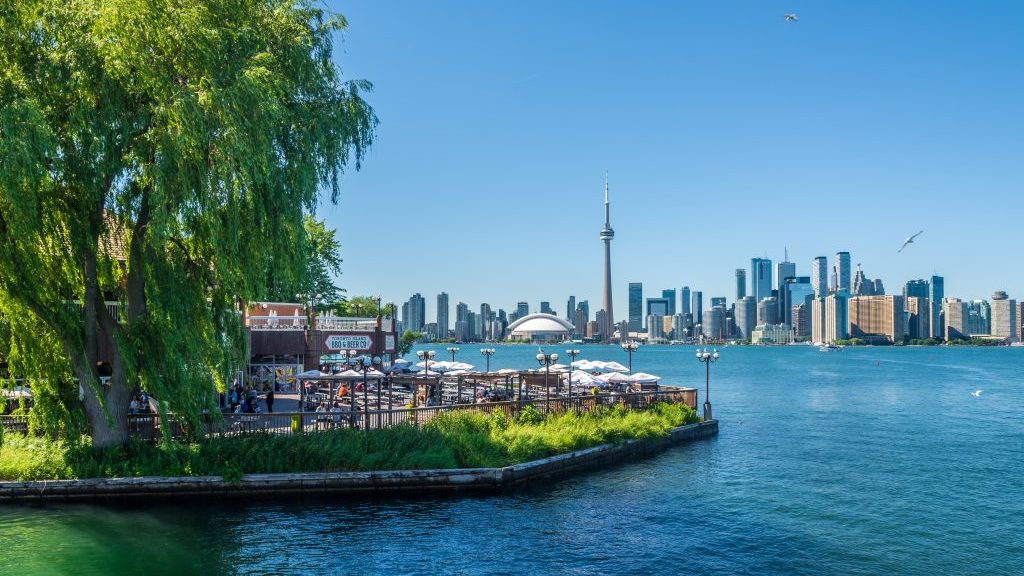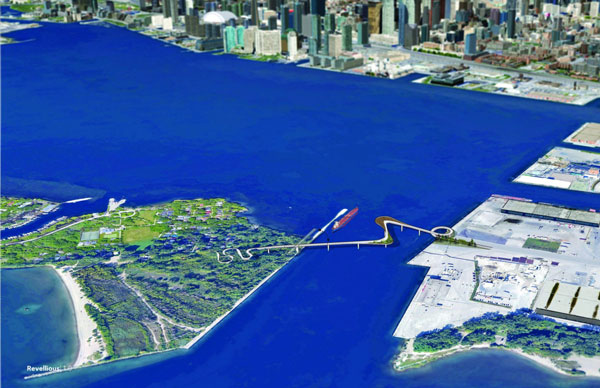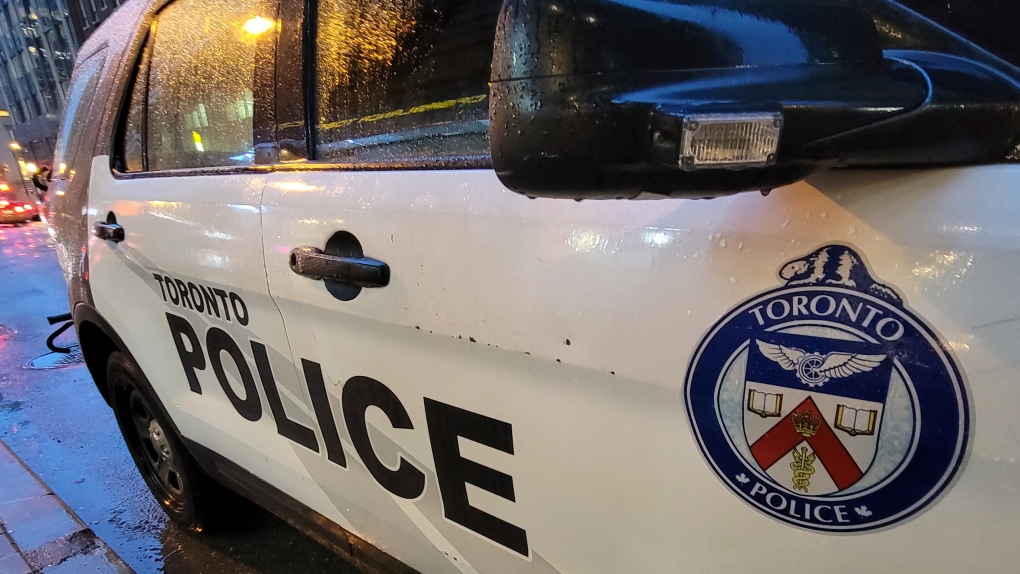Infra
Proponents talk up gondolas for Toronto Island access – Daily Commercial News

With the City of Toronto considering a study for a bridge link to the Toronto Islands the concept of a gondola has transfixed social media.
The issue sprang up at a last minute motion at Toronto City Council in late June and led to staff being tasked with investigating a study of some kind of fixed link to the island, most likely a swing or lift bridge.
It prompted a flurry of discussions on social media and on a local blog site to use a cable car or gondola system instead of a swing or lift bridge.
The idea to cross the 250-metre gap from Cherry Beach to Ward’s Island with a gondola system is fraught with logistical and engineering challenges, but it shouldn’t be dismissed out of hand, says a former Toronto resident and cable car expert who has worked on projects around the world.
Ultimately a cable car system could be just the ticket to link the mainland with the islands with minimum cost.
“Cable cars, gondolas — in this sector we have a serious problem agreeing on nomenclature — are perfect for tough terrain,” says Steve Dorau, senior project manager and cable-propelled transit manager at SCJ Alliance’s Boulder, Colo. offices, who also worked on the ill fated gondola transit system proposed for Edmonton. “Traffic is tough terrain.”
Cable cars literally rise above the challenge of snarled traffic, he says, in a way buses and streetcars can’t at a fraction of the cost.
While gondolas are best known for pulling skiers and tourists up steep mountains, they’re also a prime form of transportation linking with other modes of public transit in many cities around the world including the Terminal Link at Pearson Airport which is in fact, a lower mounted cable car. A cable car system is also proposed for Oshawa, a city east of Toronto, and previously there were rumblings of conceptual plans for a gondola in Vaughan.
The issue with the Toronto islands is that in the peak months of summer line ups for the ferries at the foot of Yonge Street can stretch for hours. The four ferries can handle up to 2,400 people in total when all are running, but maintenance issues have plagued the fleet with the $100 million replacement electric ferries not expected for another year or two. Cable cars could augment that capacity and be a tourist attraction, proponents say.
Because Toronto is still a working port up to two freighters enter and leave the harbour through the eastern and western gaps so any link would have to accommodate them.
Dorau, who lived in Toronto and is familiar with both the notorious traffic and the challenges of getting to and from the Toronto Island in peak summer times, says a cable car system could work if it was designed and configured to meet demand and practical limitations.

The concept is hardly new. In 2020 architect John Plumpton of RevelHouse floated a fixed link concept which would have cost about $150 million.
Still, says Plumpton, it’s time the island was accessible to “thousands and thousands of people instead of an elite few.”
Those who want a walk among trees can go to the Leslie Spit which is now much more advanced as a natural park, he says.
The mere mention of a fixed link has some Island residents angry, however, with many saying they like their isolation and tranquility.
More recently, a 2020 city mayoralty candidate caught attention by proposing a pedestrian bridge at the same spot. It was more complicated than a swing bridge.
“A swing bridge would be no larger than a canal type operation,” says Plumpton. “With each of three swing components about 20 metres each.”
A swing bridge would be cheaper to operate, requiring staff only when the bridge is operational weekdays for an hour at a time, and would offer access to pedestrians, cyclists, strollers and others with mobility issues.
“The problem also is that cable cars are slow to load and unload,” says Plumpton, noting the most recent proposal suggests cable car capacity at 6,000 an hour which would make moving people impractical if there are bikes, walkers and wheelchairs. “So you’re not getting a lot of carrying capacity.”
Dorau says the biggest issues with a cable car at the eastern gap are logistical, though it is technically feasible to design a system with up to four cars for that location.
“But at Cherry Street there’s nothing there, no parking, nothing. It doesn’t really tie into the existing transit system,” he says. “At the other end on Ward’s Island there’s also not much. People want to be on Centre Island and that’s another three-kilometre walk.”
Finally, he says, the eastern gap is right under the flight approach to Billy Bishop Airport on the island, which puts a 70-metre ceiling on a cable car design.
Coupled with the height of some of the largest freighters passing through it would be a problem, he says.
A gondola system could still work but it would need to be routed to avoid those logistical problems while also maximizing efficiency by connecting existing modes of transit and delivering people to the sweet spot of Centre Island.








